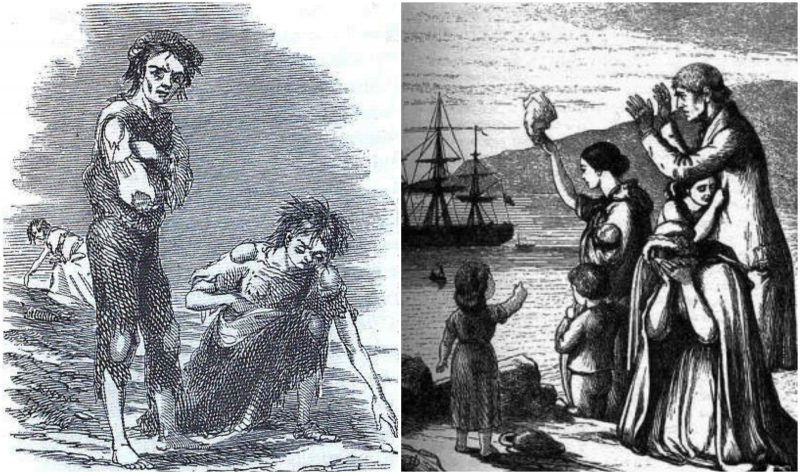The Great Irish Famine, also known as the Irish Potato Famine, devastated Ireland in 1845–49 when the potato crop failed in successive years. The crop failures were caused by late blight, a disease that destroys both the leaves and the edible roots, or tubers, of the potato plant. The causative agent of late blight is the water mold Phytophthora infestans. The Irish famine was the worst to occur in Europe in the 19th century. It was a period of mass starvation, disease, and emigration in Ireland. During the famine, approximately one million people died and a million more emigrated from Ireland, causing the island’s population to fall by between 20% and 25%.
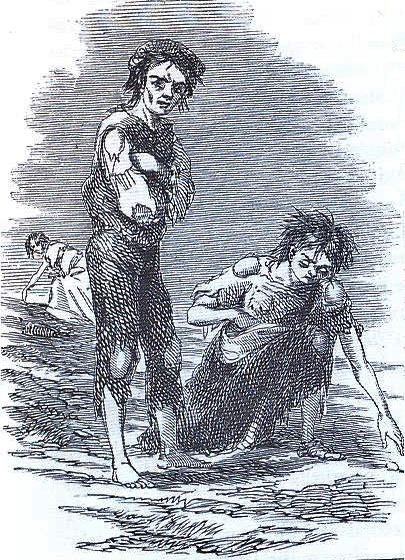
In the early 19th century, Ireland’s tenant farmers as a class, especially in the west of Ireland, struggled both to provide for themselves and to supply the British market with cereal crops. Many farmers had long existed at virtually the subsistence level, given the small size of their allotments and the various hardships that the land presented for farming in some regions. The potato, which had become a staple crop in Ireland by the 18th century, was appealing in that it was a hardy, nutritious, and calorie-dense crop and relatively easy to grow in the Irish soil. By the early 1840s almost half the Irish population, primarily the rural poor, had come to depend almost exclusively on the potato for their diet. The rest of the population also consumed it in large quantities.
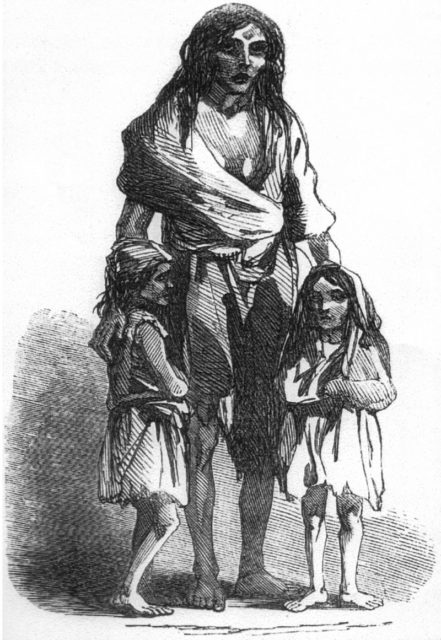
A heavy reliance on just one or two high-yielding types of potato greatly reduced the genetic variety that ordinarily prevents the decimation of an entire crop by disease, and thus the Irish became vulnerable to famine. In 1845 a strain of Phytophthora arrived accidentally from North America, and that same year Ireland had unusually cool moist weather, in which the blight thrived. Much of that year’s potato crop rotted in the fields. That partial crop failure was followed by more devastating failures in 1846–49, as each year’s potato crop was almost entirely ruined by the blight.
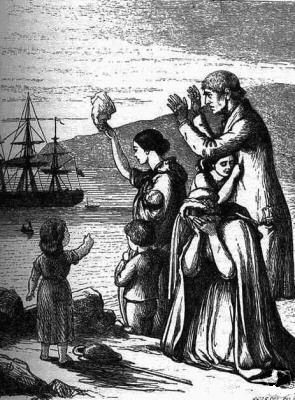
It is not known exactly how many people died during the period of the famine, although it is believed that more died from diseases than from starvation. State registration of births, marriages, or deaths had not yet begun, and records kept by the Roman Catholic Church were incomplete.
One possible estimate has been reached by comparing the expected population with the eventual numbers in the 1850s. A census taken in 1841 recorded a population of 8,175,124. A census immediately after the famine in 1851 counted 6,552,385, a drop of over 1.5 million in 10 years. In 1851, the census commissioners collected information on the number who died in each family since 1841, and the cause, season, and year of death. They recorded 21,770 total deaths from starvation in the previous decade, and 400,720 deaths from a disease. Listed diseases were fever, dysentery, cholera, smallpox, and influenza, with the first two being the leading killers (222,021 and 93,232). On the other hand, the population of England and Wales doubled from 16 million in 1841 to 32.5 million in 1901.
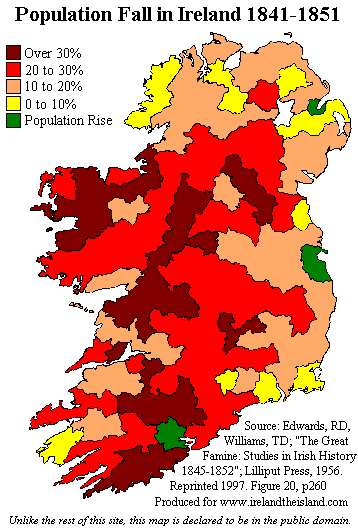
The Famine gave considerable impetus to the shift from Irish to English as the language of the majority. Those most gravely affected by the Famine were mostly in Irish-speaking districts, and those districts also supplied most of the emigrants. Awareness of the cultural loss provided a spur for Irish language activists in Ireland, Britain, America, and Australia, resulting in the foundation of such organizations as the Gaelic League.
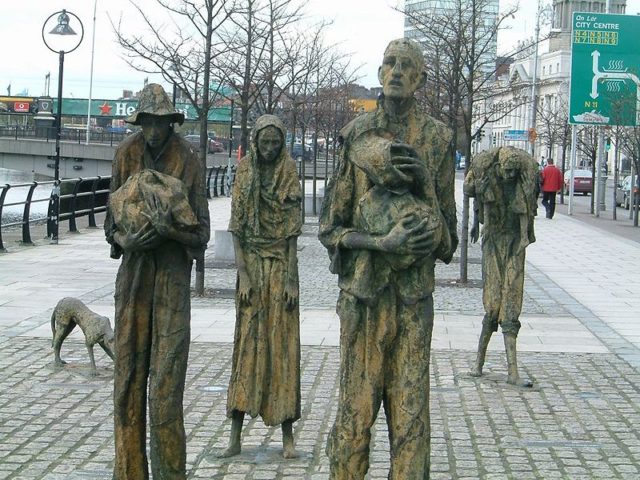
Ireland’s mean age of marriage in 1830 was 23.8 for women and 27.47 for men, where they had once been 21 for women and 25 for men, and those who never married numbered about 10% of the population; in 1840, they had respectively risen to 24.4 and 27.7 percent. In the decades after the Famine, the age of marriage had risen to 28–29 for women and 33 for men, and as many as a third of Irishmen and a quarter of Irishwomen never married, due to low wages and chronic economic problems that discouraged early and universal marriage.
